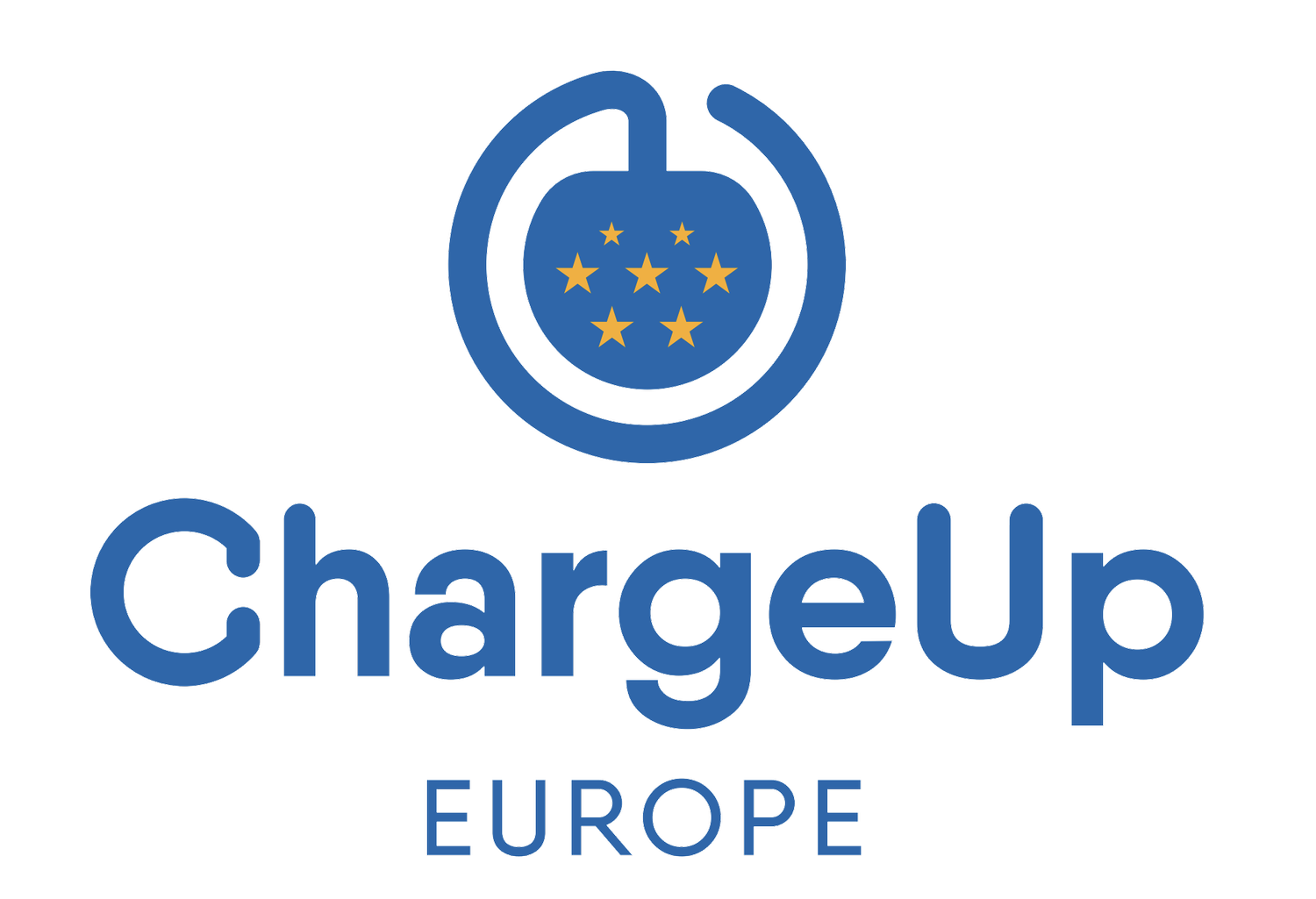ChargeUp Europe calls for more ambitious e-mobility requirements under the EPBD
Europe has seen an e-mobility boom in recent years, with Electric Vehicle (EV) sales rising rapidly across the continent: in 2020, around 1.4 million passenger EVs were registered in Europe. That number is expected to grow at least 40% annually over the next decade, resulting in over 42 million passenger EVs on the road by 2030. Widespread and easy EV charging options will be critical to drive the uptake of electric mobility.
The revision of the Energy Performance of Buildings Directive (EPBD) therefore comes at a critical time to accelerate Europe’s shift towards e-mobility. Buildings, as a primary charging location, are central to satisfying the needs of EV drivers. At the same time, EVs and charging infrastructure can play a critical role in making buildings more energy efficient and contribute to the EU’s Green Deal objectives. Given that over 75% of EV charging takes place at home or at work, the EPBD will be a key instrument in enabling the development and deployment of EV charging infrastructure. Nevertheless, numerous administrative and regulatory barriers are currently halting the roll out of charging infrastructure in residential and non-residential buildings.
In this paper, ChargeUp Europe outlines key recommendations for the ongoing revision of the EPBD and calls for the introduction of a dedicated chapter on e-mobility which includes ambitious minimum requirements on cabling, as well as capacity-based targets for all non-publicly accessible charging stations (at residential and non-residential parking locations). These non-publicly accessible charging stations should also support smart charging functionalities.
